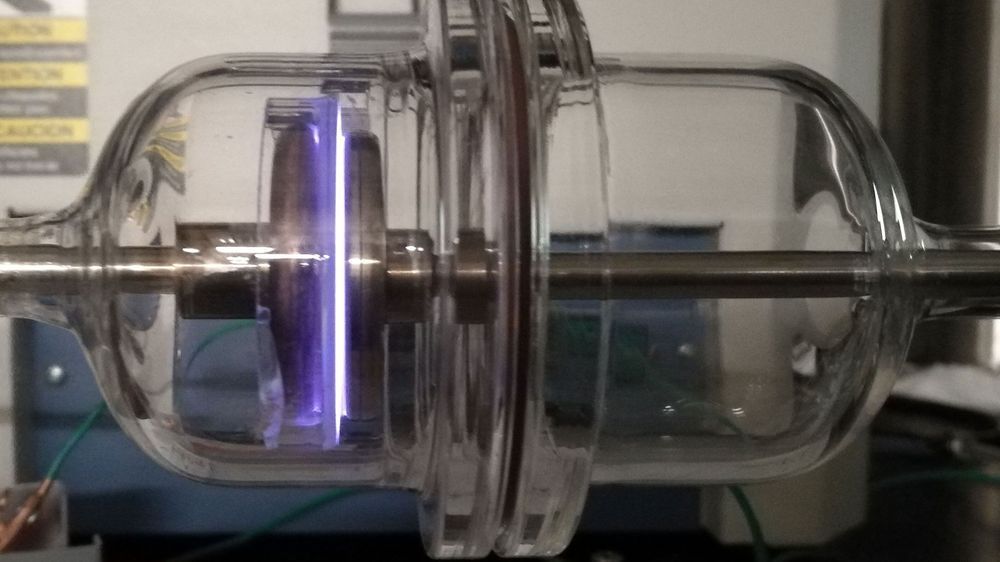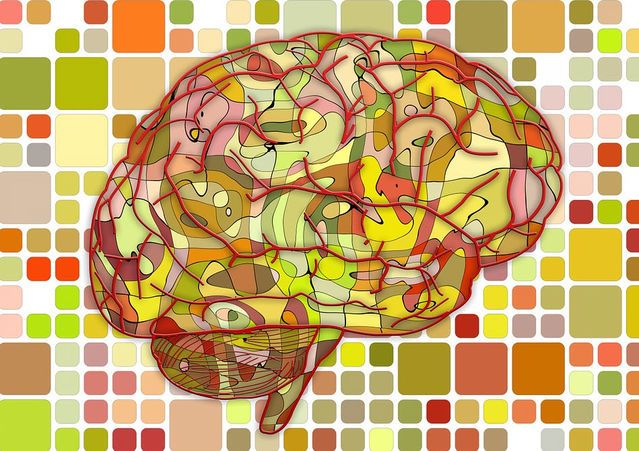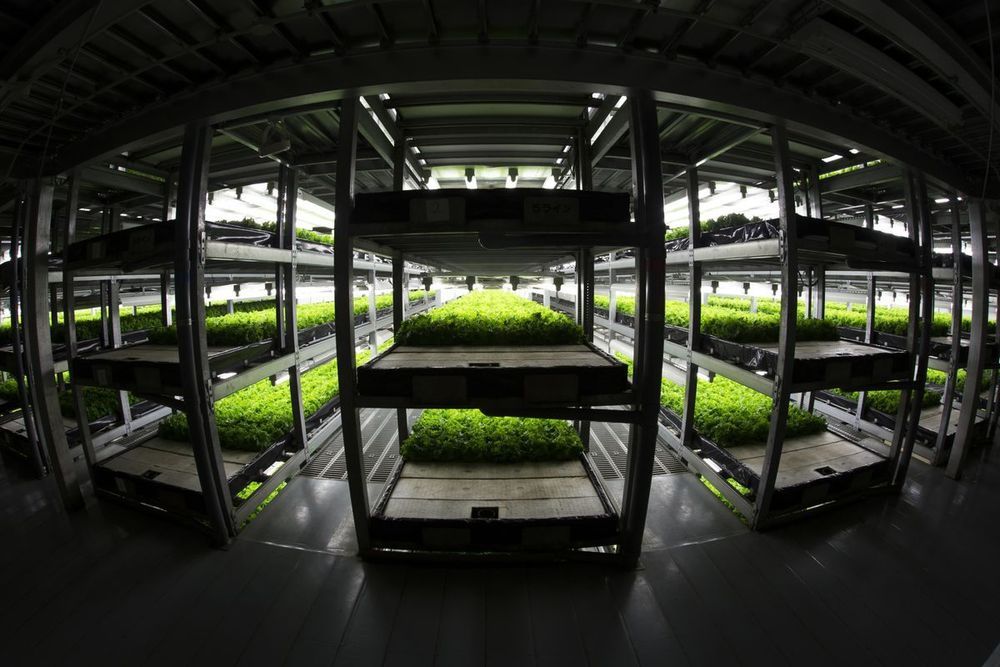Page 8672
Jun 10, 2019
For hydrogen power, mundane materials might be almost as good as pricey platinum
Posted by Quinn Sena in categories: energy, engineering, transportation
As anyone who has purchased jewelry can attest, platinum is expensive. That’s tough for consumers but also a serious hurdle for a promising source of electricity for vehicles: the hydrogen fuel cell, which relies on platinum.
Now a research team led by Bruce E. Koel, a professor of biological and chemical engineering at Princeton University, has opened a door to finding far cheaper alternatives. In a paper published April 4 in the journal Nature Communications, the researchers reported that a chemical compound based on hafnium worked about 60 percent as effectively as platinum-related materials but at about one-fifth the cost.
“We hope to find something that is more abundant and cheaper to catalyze reactions,” said Xiaofang Yang, principal scientist at HiT Nano Inc. and visiting collaborator at Princeton who is working with Koel on the project.
Jun 10, 2019
Proton transport ‘highway’ may pave way to better high-power batteries
Posted by Quinn Sena in categories: energy, transportation
Researchers at Oregon State University have found that a chemical mechanism first described more than two centuries ago holds the potential to revolutionize energy storage for high-power applications like vehicles or electrical grids.
The research team led by Xiulei (David) Ji of OSU’s College of Science, along with collaborators at the Argonne National Laboratory, the University of California Riverside, and the Oak Ridge National Laboratory, are the first to demonstrate that diffusion may not be necessary to transport ionic charges inside a hydrated solid-state structure of a battery electrode.
“This discovery potentially will shift the whole paradigm of high-power electrochemical energy storage with new design principles for electrodes,” said Xianyong Wu, a postdoctoral scholar at OSU and the first author of the article.
Jun 10, 2019
Swarm of 105 tiny Sprite ChipSats successfully deployed
Posted by Quinn Sena in category: satellites
![]()
If you thought SpaceX launching 60 Starlink satellites at once was impressive, Cornell University has managed 105 small satellites. The ChipSats, called Sprites, forming a swarm of cracker-sized nanosatellites were deployed from the Kicksat-2 CubeSat on March 18, 2019 at an altitude of 300 km (186 mi) and contact was established by Stanford University and NASA Ames engineers the next day by a Cornell satellite ground station.
Jun 10, 2019
Mass anomaly detected under the moon’s largest crater
Posted by Quinn Sena in categories: materials, space
A mysterious large mass of material has been discovered beneath the largest crater in our solar system—the Moon’s South Pole-Aitken basin—and may contain metal from the asteroid that crashed into the Moon and formed the crater, according to a Baylor University study.
“Imagine taking a pile of metal five times larger than the Big Island of Hawaii and burying it underground. That’s roughly how much unexpected mass we detected,” said lead author Peter B. James.
Ph.D., assistant professor of planetary geophysics in Baylor’s College of Arts & Sciences. The crater itself is oval-shaped, as wide as 2,000 kilometers—roughly the distance between Waco, Texas, and Washington, D.C.—and several miles deep. Despite its size, it cannot be seen from Earth because it is on the far side of the Moon.
Continue reading “Mass anomaly detected under the moon’s largest crater” »
Jun 10, 2019
The 3D ‘microbatteries’ that could power ultra-low energy wearables
Posted by Quinn Sena in categories: energy, wearables
Jun 10, 2019
Neuromorphic computing and the brain that wouldn’t die
Posted by Quinn Sena in categories: computing, nanotechnology, neuroscience
Chemical engineers at UCLA have been demonstrating what they argue is scientific evidence that bunches of synthetically grown nanowires exhibit behaviors similar to that of memory in a living brain. Whether you believe their claim depends on what you think memory actually is.
Jun 10, 2019
Neuromorphic Computing Breakthrough May Disrupt AI
Posted by Quinn Sena in categories: innovation, robotics/AI
Jun 10, 2019
Skyscraper Farms Are About to Go Global
Posted by Quinn Sena in categories: food, sustainability
Jun 10, 2019
World’s First Hydraulic-Driven Vertical Farm Produces 1 Ton of Vegetables Every Other Day
Posted by Quinn Sena in categories: climatology, sustainability
Year-round vegetables, minimal resources, climate-resistant—we’ve sung praises about vertical farms many times before. But Singapore’s Sky Greens is something very special.
















